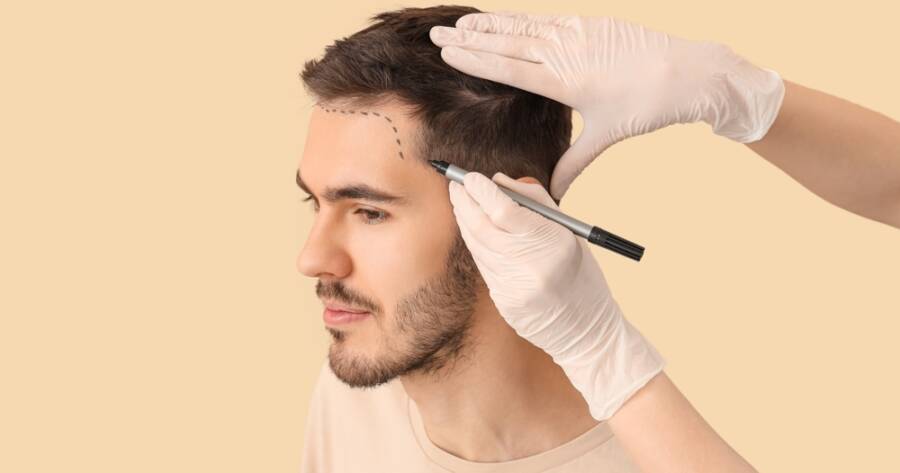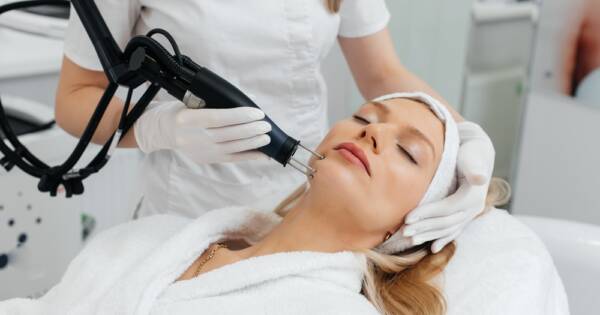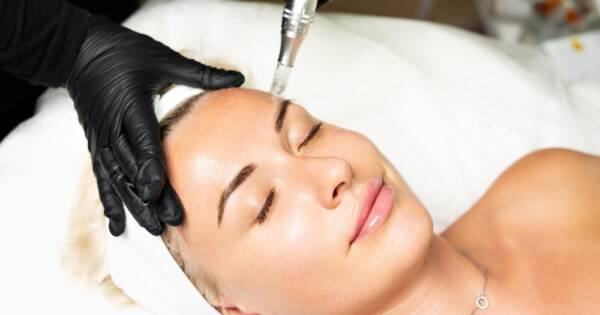Hair loss is a common concern that impacts millions of individuals, driven by factors such as genetics, lifestyle choices, and underlying medical conditions. For those striving to achieve a fuller head of hair, a variety of restoration methods are available, each designed to suit unique needs. Explore the root causes of hair loss, evidence-based regrowth treatments, and advanced restoration.
Understanding Hair Transplant Procedures
Hair transplants involve relocating hair follicles from one area of the body, typically the back or sides of the scalp, to areas experiencing thinning or baldness. This procedure utilizes techniques like Follicular Unit Transplantation (FUT) or Follicular Unit Extraction (FUE). FUT involves removing a strip of scalp from a donor site, while FUE extracts individual follicles.
These transplanted follicles can grow naturally, as they are genetically resistant to balding. Hair transplants might provide a more natural look compared to other hair restoration methods, largely due to the use of the patient’s own hair. However, candidates should have a thorough consultation with a qualified specialist to evaluate suitability and discuss expectations.
Evaluating the Benefits of Hair Transplant
One of the primary benefits of hair transplants is the potential for a permanent and natural solution to baldness or thinning hair. Since the transplanted hair is resistant to typical hair loss patterns, results could last a lifetime for many individuals when performed correctly. This longevity can lead to increased satisfaction and reduced need for additional treatments.
Moreover, hair transplants can enhance overall appearance, which might boost self-confidence and help individuals feel rejuvenated. Having fuller hair may positively impact personal and professional relationships. It’s important to consider personal goals and desired outcomes when evaluating the potential benefits of undergoing a hair transplant procedure.
Considerations and Potential Risks
While hair transplants can offer substantial benefits, prospective candidates should be aware of potential risks and considerations. Possible side effects include infection, scarring, and temporary hair loss in the transplanted area known as shock loss. Choosing a reputable clinic with experienced practitioners can minimize these risks.
It’s also essential to have realistic expectations about the results. Fullness and natural appearance may take time to achieve, as hair growth typically begins three to four months post-procedure, with more noticeable results by six to nine months. Understanding that results vary based on individual circumstances helps align expectations with potential outcomes.
The Cost of Hair Transplant Procedures
The cost of hair transplants can vary significantly based on the clinic, geographical location, and extent of hair loss being treated. Generally, hair transplant procedures may require a considerable financial investment. Insurance typically does not cover cosmetic procedures like hair transplants, making it essential for individuals to budget accordingly.
Financing options may be available through some clinics, allowing patients to manage costs more effectively. It’s advisable to discuss fees comprehensively with the healthcare provider to avoid unexpected expenses. Weighing the long-term benefits against the initial cost is crucial for making an informed decision.
Selecting a Qualified Surgeon
Choosing a qualified and experienced surgeon is a key factor in achieving successful results. Researching potential surgeons involves reviewing their credentials, experience, and past patient testimonials. This information could provide insight into the surgeon’s expertise and approach to hair restoration.
Scheduling consultations with multiple professionals could also be beneficial. Discussing techniques, expectations, and aftercare during these meetings can help individuals decide the best match for their needs. A trustworthy surgeon will offer comprehensive care, from initial consultation through recovery, ensuring patients feel supported throughout the process.
Post-Procedure Care and Expectations
Following the transplant, adhering to prescribed post-procedure care instructions is vital to ensure optimal recovery and results. Patients might experience minor discomfort, swelling, or redness, which typically decreases within a few days. Gentle hair washing with recommended products usually starts a few days post-surgery to maintain scalp hygiene.
Regular follow-ups with the surgeon allow monitoring of healing and early detection of any complications. Lifestyle adjustments, such as avoiding strenuous activities and direct sunlight, may also be necessary during recovery. Being diligent about post-operative care potentially facilitates successful healing and promotes natural-looking results.
Embrace Confidence with Hair Restoration
Hair transplants offer a potentially effective solution for those looking to address hair loss and enhance their appearance. By understanding the procedure, benefits, and considerations, individuals are better equipped to decide if this path aligns with their personal goals.
Selecting skilled professionals and adhering to post-surgery care ensures the best chance of success. Hair restoration might not only improve appearance but also bolster self-esteem and overall quality of life. Taking informed steps toward this treatment can pave the way for rejuvenation and renewed confidence.





